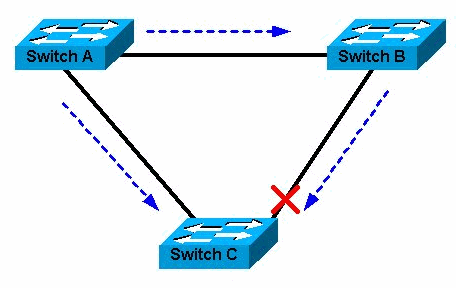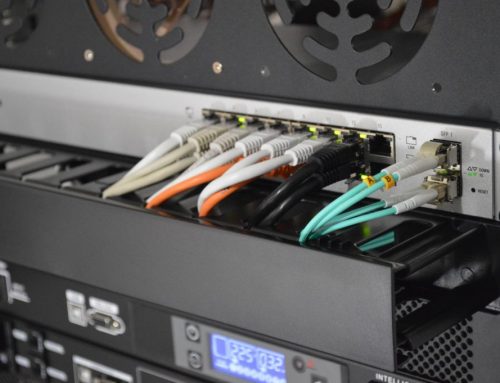Anyone who knows the Spanning Tree raise your hand! Or you can go look for it in the wiquipedia … then come back and I will explain to you with flatter words that means this from the STP and because it can cause problems in your network.
The Spanning Tree is a protocol to avoid loops in computer networks, thus avoiding that traffic (basically the Broadcast, which is broadcast all over the world) floods the network and causes a collapse and all the workers of the company including the boss turn you upside down!
Normally they are used in network networks where for security reasons two paths are defined to reach the same destination. This gives a ring topology or more complicated as mesh or mesh sheet… we will talk about a day of network topologies and do an in-depth analysis.
We will look at a practical case, because then you say that it is very abstract…
a. We have 3 interconnected switches between them, forming a ring topology.
b. All of them have STP activated and of the same version (in the article differences between versions of STP you will find the answer)
c. A main or core switch is usually defined. (switch A)
d. After performing the STP calculations for all switches, switch C disables the port linking it to swithc B.
e. This way we no longer have a loop problem.
 .
.
Let’s imagine now that the cable going from A to C is cut, because of an excavator or a little rat… how does the STP work?
a. At this point the C switch would be isolated, losing the connection to the entire network.
b. Through the exchange of information, the cut between A and C is detected.
c. The bridge connection between B and C is activated by activating the switch C port.
d. Switch C is reconnected and communication is restored.
This cut usually lasts a few seconds with new protocols.
Easy, huh? If you want to know how STP is configured in a switchCisco, you must follow me in the following article.
Thank you for your attention and remember to see us by the nets!!






Leave A Comment